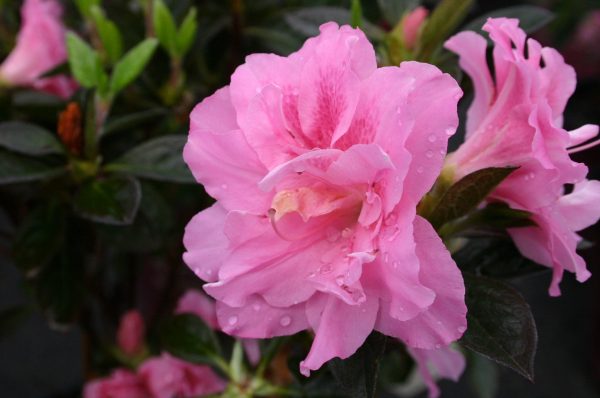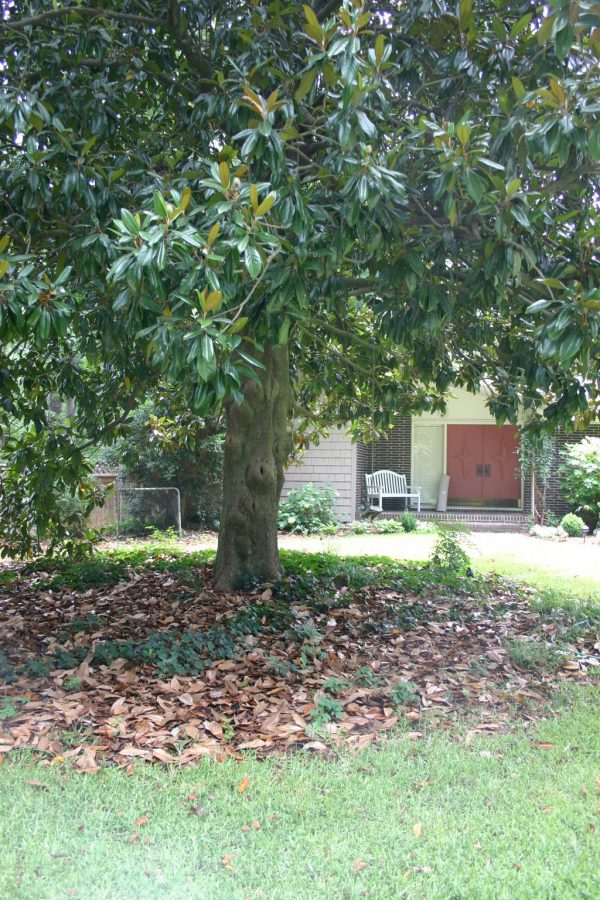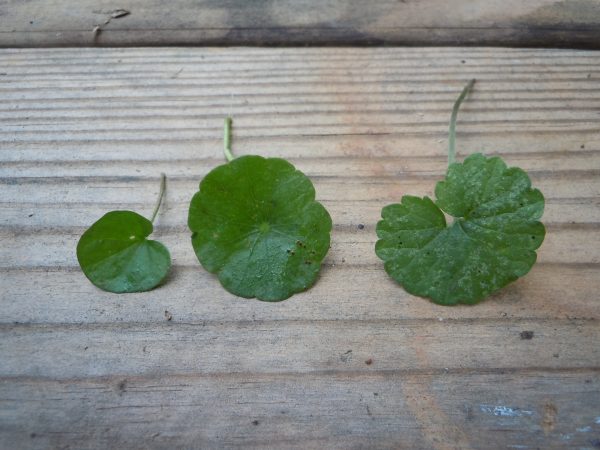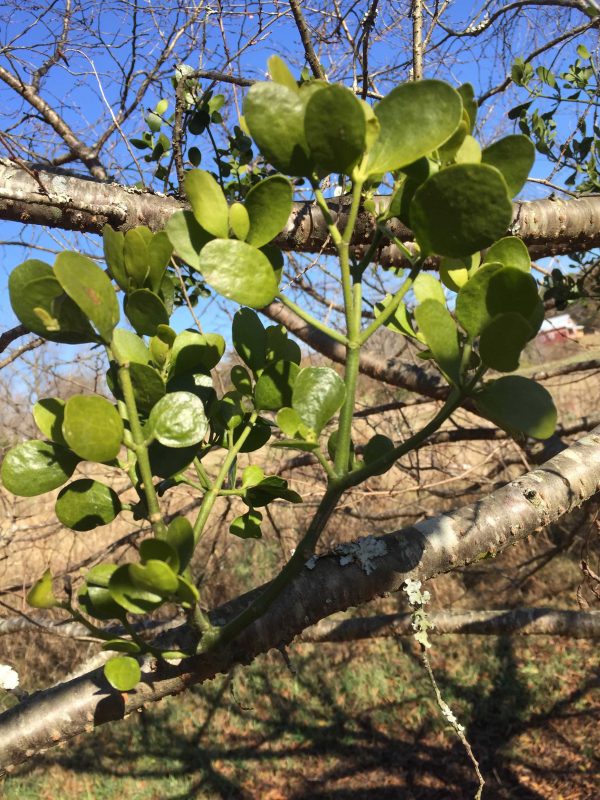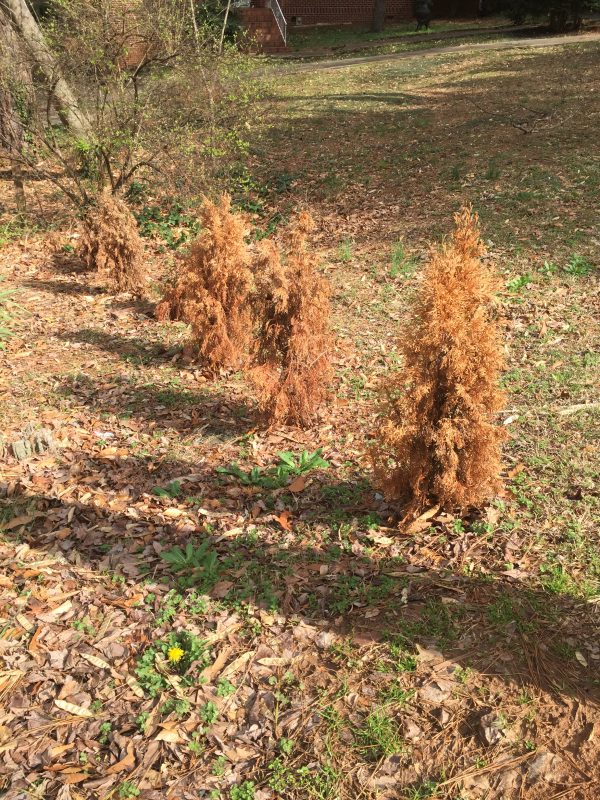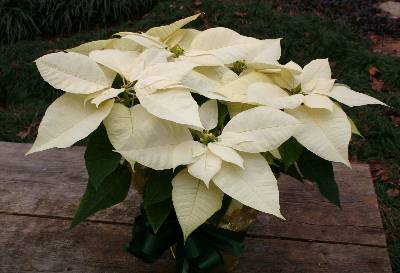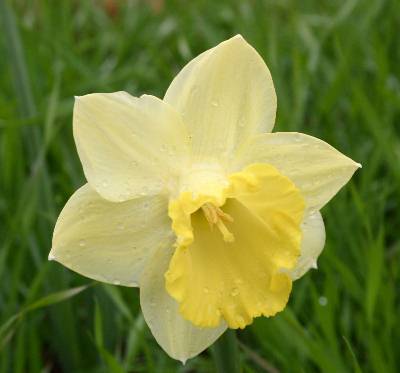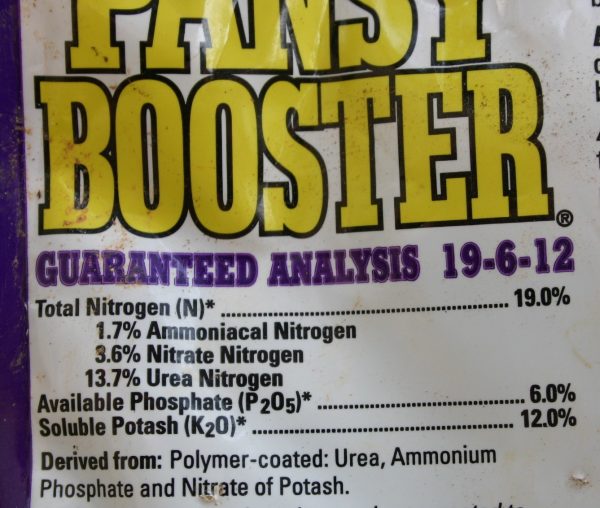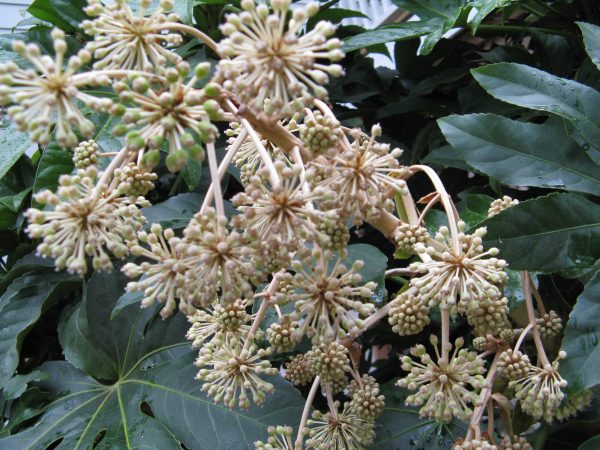Fescue – Planting Seed – Existing Lawn
See also Planting a New Fescue Lawn
PREPARATION Decide how you will disturb the soil without harming the existing grass. The best choices are to either core aerate or to verticut. Both processes are done with motorized machines available at rental outlets.
If the lawn is covered 50% or less with healthy fescue, use a verticutter (sometimes called a dethatcher). Adjust the verticutter blades to just touch the top of the soil.
If the lawn is covered 50% or more with healthy fescue, use a core aerator. Go over the lawn several times with the machine. Stop when you have 10 or more aerator holes per square foot. It is important to aerate on moist soil so the hollow tines penetrate at least 2 – 3 inches. Irrigate the lawn two days beforehand if necessary.
Just before seeding, lower your mower one notch below your normal mowing height and mow the lawn. This removes the grass canopy and helps seed fall directly onto the soil.
SEEDING Spread 3 – 5 pounds of seed per 1000 square feet. Do not exceed this rate. Crowded seedlings both demand more water and also become susceptible to disease. Drag the area with a carpet or section of chain link fence to crumble any aerator cores and cover the seed with soil.
MULCHING Spread wheat straw thinly over each bare area. Use your judgement according to the amount of healthy fescue already in place.
All bags of grass seed are required to have a label that shows the results of various tests on that batch of seed.
• Always buy seed which has been tested for its germination rate within the past six months.
• When deciding which seed to buy, compare the germination percentage and the number of weed seed found in each.
• You may discover that a higher priced bag of seed is a better value because more of the seed will germinate.
WATERING SCHEDULE AFTER SEEDING
• One inch of water immediately after planting.
• Apply enough water daily to prevent the top one-half inch of soil from drying until seedlings are 1.5 inches tall.
• After that, apply one-fourth inch of water every third day for nine days.
• Next apply one-half inch of water every fifth day for ten days.
• After this establishment period, apply one inch of water per week for the rest of the growing season.
• There is no need to water if rainfall supplies the correct amount.
WATERING CORRECTLY
The best time to water a lawn is in the morning, preferably before noon. This allows the grass to dry before nightfall, reducing the risk of disease. Take into account recent rainfall when deciding how much to apply. Watering restrictions may impact how often you can irrigate. Check www.georgiadrought.org for the latest information. If restrictions mandate watering every other day, the schedules below may be modified to fit the rules.
How to measure the amount of water applied by irrigation:
• Place six identical containers randomly in the area wetted by your sprinkler.
• Plastic cups can be used but weight them down with a heavy washer in the bottom of each.
• Let your sprinkler run for an hour.
• Measure the depth of water that has accumulated in each cup.
• Calculate the average of the depths. This gives you the amount (in inches) that has been applied in an hour.
• Make a mental calculation of how long it will take to apply an inch of water.
• Don’t be surprised if your sprinkler must run for more than an hour to apply the water your lawn needs.
Q: I am preparing my yard for overseeding with turf type fescue grass. Two weeks ago I fertilized with a winterizer type weed-and-feed product. Do I still need to use a starter fertilize with the grass?
A: If you used a “weed and feed” that contained a weed seed preventer (also called a pre-emergent chemical), you can’t plant fescue for several weeks afterward. The weed preventer will inhibit fescue seed from sprouting. You need to find and re-read the label to determine the correct waiting period. If your “weed and feed” product contained a broadleaf weed killer plus fertilizer I’d wait four weeks before planting seed. Even the herbicides that promise only to kill broadleaf weeds can harm young grass seedlings. You don’t need a starter fertilizer due to the nutrients in the product you’ve already applied. Plan to fertilize your fescue again in early November.
Q: I had lots of crabgrass this summer. Can I do something about it and still plant fescue seed now?
A: In a word, “No”. You can plant fescue seed perfectly well now but the effort to control crabgrass must wait until next spring. In mid- March you can spread a “pre-emergent” crabgrass preventer which will deter crabgrass seed germination. The weeds you had this summer have already scattered their seeds and you can do nothing about them now.
Q: I have lots of violets and wild strawberry in my lawn. Can I do something about them and still plant fescue seed?
A: The answer is “Maybe”. Weed killers that affect violets do not normally harm fescue grass. But if you put it down when new fescue seeds are emerging, the chemical does inhibit their growth. You can spot spray the weed clumps now and plant fescue seed successfully but do not apply weed killer to your whole yard.



